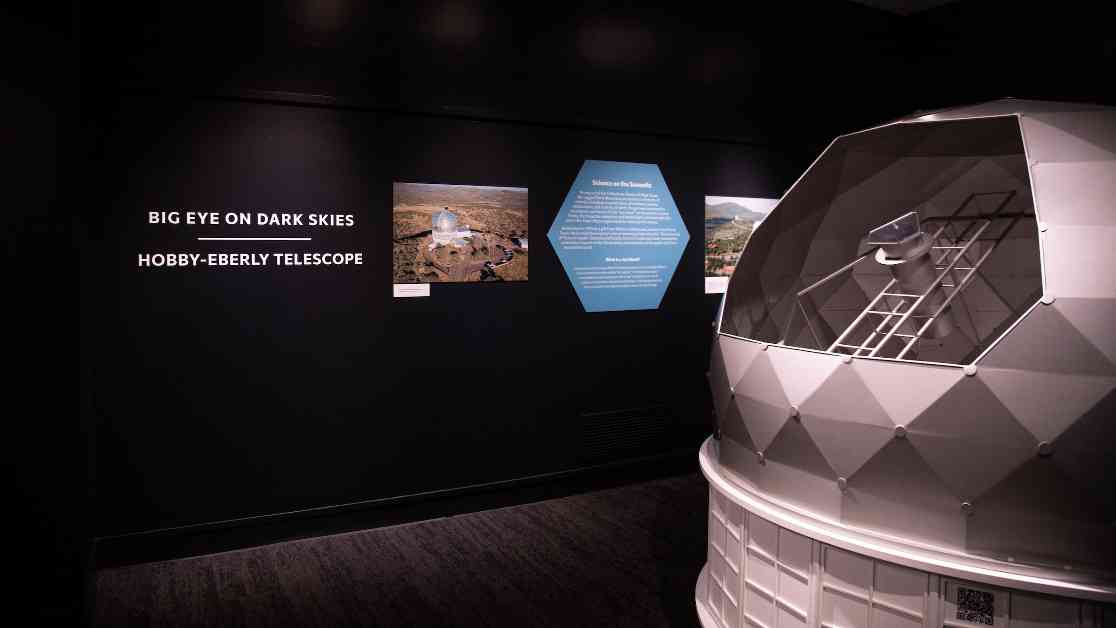The Texas Science & Natural History Museum, located at The University of Texas at Austin, experienced a record-breaking year in attendance since its reopening in September 2023. Formerly known as the Texas Memorial Museum, this 85-year-old institution has become a vibrant center for education, exploration, and discovery. Over the past year, more than 75,000 visitors, representing all 50 states and 28 countries, have explored the museum’s exhibits.
In addition to individual visitors, the museum has welcomed nearly 300 school and community groups for guided tours. Furthermore, the museum has hosted private events, including weddings and holiday parties, attracting an additional 9,000 attendees beyond the regular museum-goers.
Carolyn Connerat, the managing director of the museum, expressed gratitude for the overwhelming response from visitors, both local and international. She emphasized the museum’s importance as a community treasure and a place that welcomes individuals of all ages with curious minds.
Thanks to investments from the University, the College of Natural Sciences, and the Texas Legislature, the museum underwent extensive renovations and rebranding in 2022 and 2023. These efforts aimed to align the museum’s mission and offerings with modern standards, resulting in new exhibits and upgraded facilities to enhance the visitor experience.
The museum’s exhibits highlight the geological, paleontological, and natural history of Texas, while new displays connect visitors to the wonders of the natural world, from prehistoric life to current research and technology. A recent temporary exhibit features a scale model of the Hobby-Eberly Telescope, the largest optical telescope in North America, offering insights into astronomical research and citizen science projects.
Following the telescope exhibit, the museum launched the “Particles of Color” exhibit, which delves into sustainable fashion and showcases garments made with plant-based biodegradable sequins. The museum plans to unveil its revamped hands-on Discovery Center next March, providing visitors with interactive experiences involving real fossil specimens and scientific exploration.
In addition to exhibitions, the museum received a grant to redesign its Dinosaur Trackways Building, which houses 113-million-year-old dinosaur footprints discovered in Texas. The grant will also fund a conservation study to preserve these ancient tracks for future generations.
To engage the public further, the museum hosts educational programs, such as a fossil identification event on National Fossil Day and an outdoor screening of “Jurassic Park” as part of its anniversary celebrations. These initiatives aim to make science education and exploration accessible to a broad audience.
Overall, the Texas Science & Natural History Museum’s successful first year post-reopening signifies a bright future filled with exciting offerings for science enthusiasts and curious minds alike.













